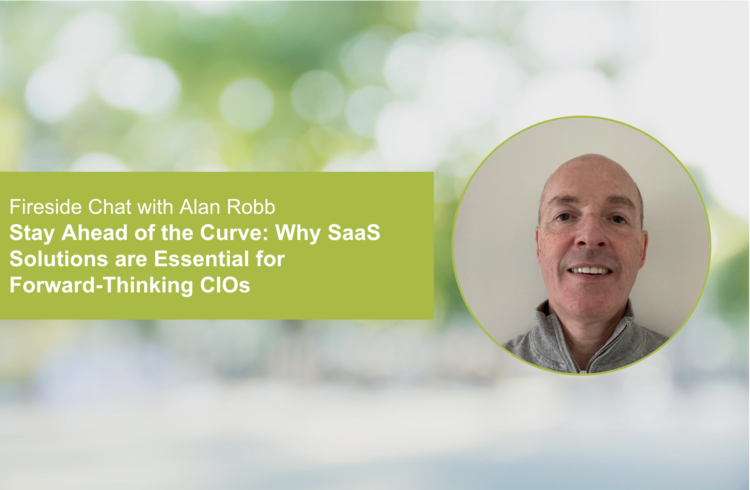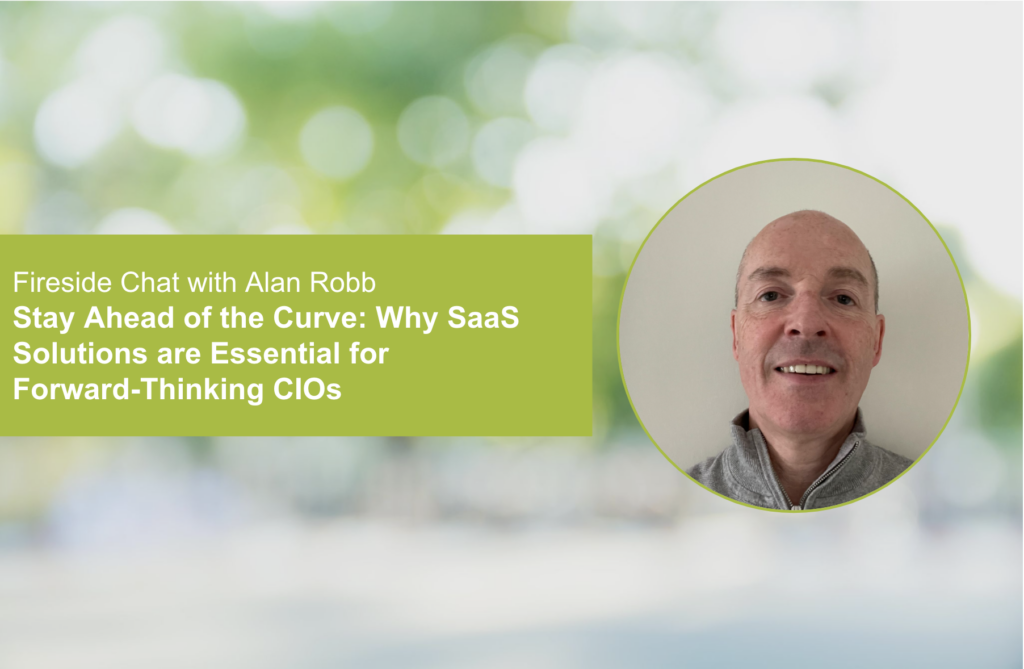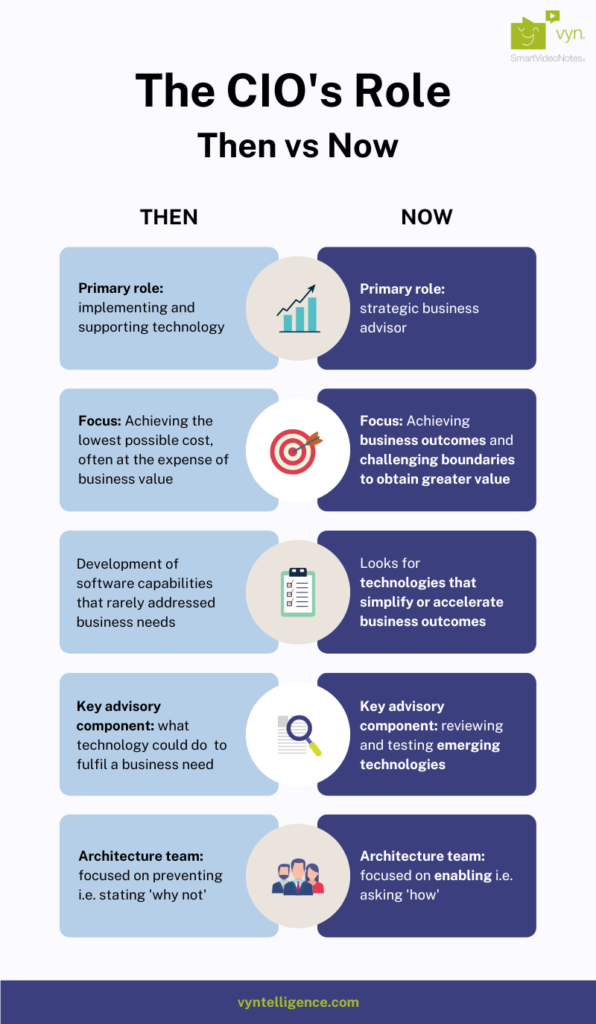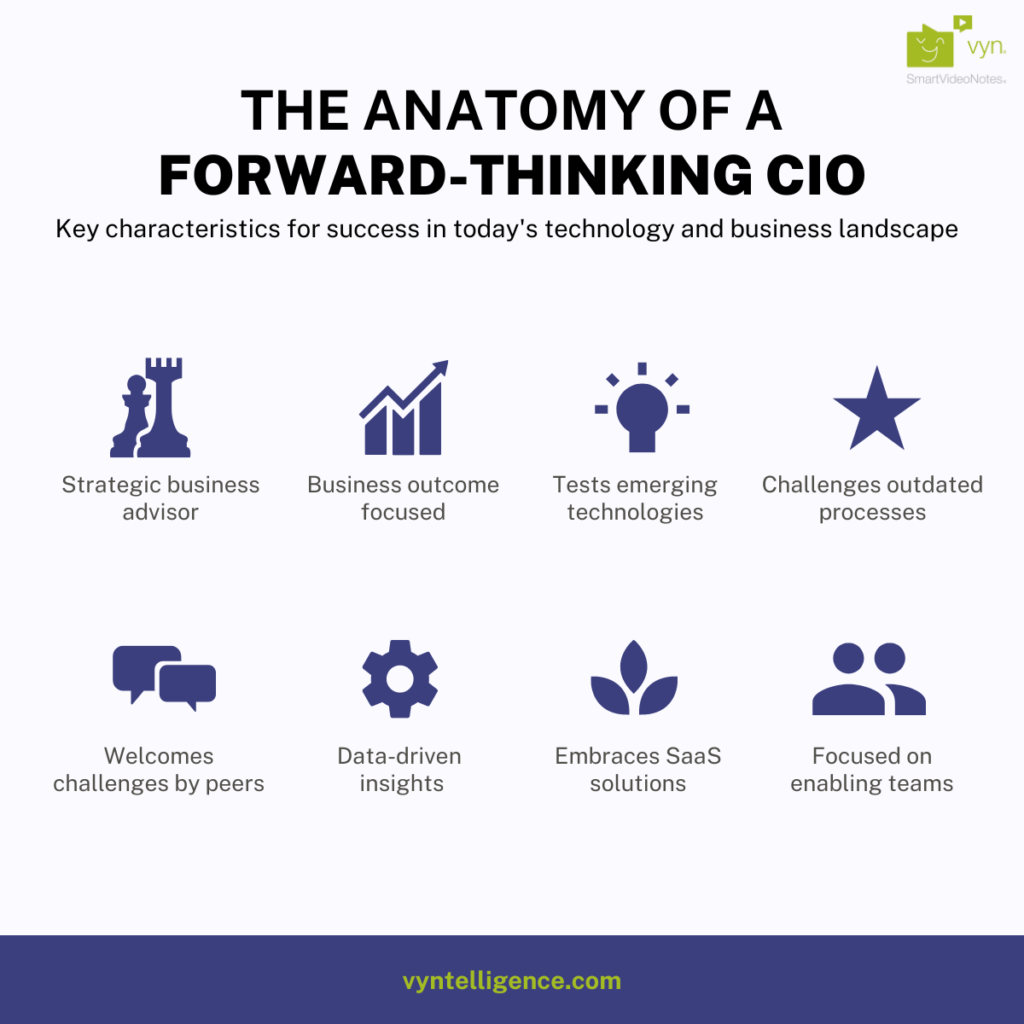
We met Alan Robb, former Strategic Advisor and CIO at SSE Energy Customer Solutions, for a fireside chat on the evolving role of the CIO and the relevance of SaaS solutions for a forward-thinking CIO in today’s technology and business landscape.

Alan, could you tell us a little bit about yourself?
I have been focussed on technology throughout my career and been a Director in Big 4 firms several times, from both client delivery and internal capability development perspectives. I have led major outsourcing initiatives for public sector and industry, including large-scale data migrations from legacy systems. I’ve also led technology teams across a variety of sectors, including in the energy and utilities sector. Centred around technology-enabled business transformation, I’ve always had a keen interest in disruptive technologies.
Having seen the energy and utilities sectors up close, what are your reflections on how the CIO’s role has changed in the last couple of decades?

The CIO’s primary role used to be around implementing and supporting technology, with staff often focussed on the latter. A key aim was to acheive the lowest possible cost often to the extent that some business value may be impaired, and treating everyone as a supplier.
It also necessitated development of software capabilities that rarely addressed the underlying business needs. This often skewed the ‘buy vs. build’ paradigm towards ‘build’, as costs were not as transparent as today.
There was an advisory element on what technology could do, mainly as to whether specific software could fulfil a business need rather than the CIO offering potential opportunities to the Board. The CIO would also reflect on how best to store data and ensure its availability, for example through various backup regimes.
Today, the role of the CIO is as a business advisor. They contribute to the development and validation of the achievability of a set of common goals that are shared with the rest of the Board. The focus is on business value – to achieve as much as possible within the set boundaries, and challenge those boundaries where greater value can be obtained. The model is one of an agile business – it adapts to circumstances as they change, whether led by market or other factors. The CIO needs to offer the right support to enable that adaptability.
The CIO’s role has a key technology advisory component within it – they should be reviewing and testing emerging technologies, which should largely be SaaS in nature, to determine whether there is a potential to leverage it within the business. This is a far more active component of the role than previously.
How has the perception of data changed in recent years?
Data was viewed as a necessity rather than the essence of business process – it was captured for a solitary purpose and only the bare minimum recorded. For example, recording that an inspector visited to confirm correct installation for regulatory purposes, rather than details of the inspection.
Data is now seen as critical to the business, the essence of all processes, and not just to support a business process in isolation. The method of its acquisition is challenged – i.e. can data collection be more efficient and effective and can additional value be gleaned from that data outside of a single process.
“Data is now seen as critical to the business and as the essence of all processes, and not just to support a business process in isolation.”
Taking the previous example, businesses now look to see if the inspection really necessitates a further visit or if technology can help in recording the installation for review offline. In doing so, it greatly improves efficiency and captures not only details that may be valuable for the inspection but also other insights not captured previously. For example, for future maintenance purposes or training. By effectively using technology, the business optimises the initial process, captures data more efficiently, and adds value across further processes, helping the business and customers alike.
In this context, how would you describe a ‘forward-thinking’ CIO?

A forward-thinking CIO needs to focus on business outcomes, not just technology implementation.
CIOs should challenge outdated business processes. They are not afraid to be challenged, and welcome challenges by peers; constructive challenge makes a positive environment. They also need to ensure that their architecture team is focussed on enabling, not preventing – so asking ‘how’ instead of stating ‘why not’.
CIOs need to provide insights into how data can be more readily made available and support multiple processes rather than just one. This creates more insights than achieved today, often helping not just the business, but the customers that it serves.
They should look for technologies that can simplify and accelerate business outcomes or address regulatory demands more straightforwardly, to achieve greater customer satisfaction with higher quality and faster engagement.
“CIOs should look for technologies that can simplify and accelerate business outcomes or address regulatory demands more straightforwardly, to achieve greater customer satisfaction with higher quality and faster engagement.”
A CIO should increase the use of Proof of Concepts as they truly help both business and technology teams alike to understand the potential of innovative technologies and support the business very quickly. SaaS offerings provide a rapid means to demonstrate potential value.
CIOs need to manage relationships with vendors and treat them as true partners, knowing that value comes out of partnerships where each organisation respects the others’ objectives.
“CIOs need to ensure that their architecture team is focussed on enabling not preventing – so asking ‘how’ instead of stating ‘why not’.“
It’s been almost 25 years since SaaS was first introduced. What role do you see it playing, and how relevant is it for a forward-thinking CIO’s strategy?
Most base capabilities that a business needs exist in the cloud, and you need to be able to leverage cloud effectively. Cloud, and SaaS more specifically, are very important to the forward-thinking CIO’s strategy.
“Cloud, and SaaS more specifically, are very important to the forward-thinking CIO’s strategy.“
Today it should mainly be a ‘buy’ paradigm, leveraging SaaS solutions as far as practicable with the residual need to design effective ‘glue’ to maximise the value of those assets. Remember that today’s legacy solutions are often not fit for purpose tomorrow. So, mirroring what you have today in the cloud will only replicate that inefficiency. Challenge the business to think of the most streamlined end result whenever a migration to a new solution is required.
Not all services are the same from all providers, so inevitably, most businesses will leverage more than one cloud service provider. Ensure that high-data volumes do not flow across cloud service provider boundaries, and instead are routed via the business, to avoid higher data movement costs. This allows you to access the best of all SaaS solutions without unnecessary cost.
Data security is critical, as is accessibility across the business. Most SaaS solutions provide the required level of security from the outset and integrate readily with other technologies, hence helping avoid major internal development work before starting to use them.
Any top tips on how CIOs might embrace SaaS solutions to get results now, whilst ensuring scalability in the longer term?
- Moving to the cloud is a journey that should not be taken lightly or too quickly. CIOs need to architect solutions to leverage native cloud services to gain all the benefits of cloud, not just ‘lift and shift’. For example, the need to auto-scale is critical so you only pay for the resources needed at any point of time.
- You don’t want to try to achieve massive transformation in a single step. You’re better trying to fix known issues customers and colleagues face today, allow that to release some resources, and that will hopefully fund a gradual transformation over time.
- Challenge the business and technology teams to look at how best to deliver the right business outcomes and remodel processes and systems around that concept.
- Proactively look at business processes which are most manually intensive, complex and prone to error, and those which tend to be most challenging with regulators and customers. Look for technologies which could reduce effort, minimise errors, increase transparency where there is complexity, satisfy regulatory needs in a more straightforward manner, and overcome key customer issues.
- Agile development outperforms traditional development and gives back benefits earlier. It also aligns well to a modern fast-moving SaaS world.
- Don’t get caught up in endless conversations around development frameworks (angular vs. backbone, django vs. rails, etc.) – these will change over time in any case so run with what your team understands best and is most comfortable with.
Interested in our previous fireside chats? Click here
Suggested reading:
- Guy Richelle and Alan Robb Join Vyntelligence Advisory to further Drive Innovation for Speed & Customer Centricity in Energy Transition
- Accelerating Digital Transformation in Utilities: A Compendium of Case Studies



